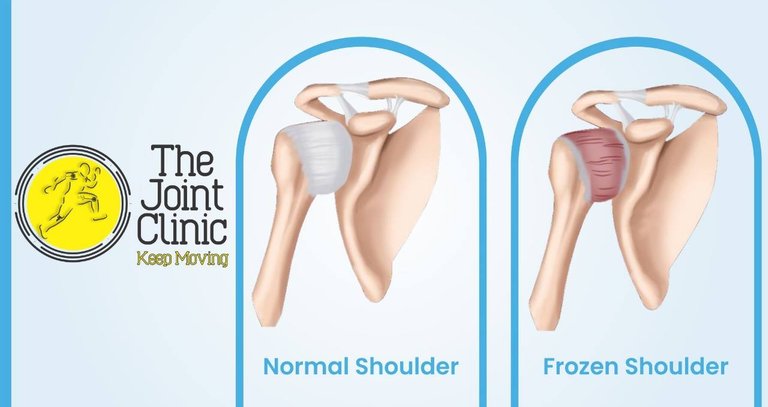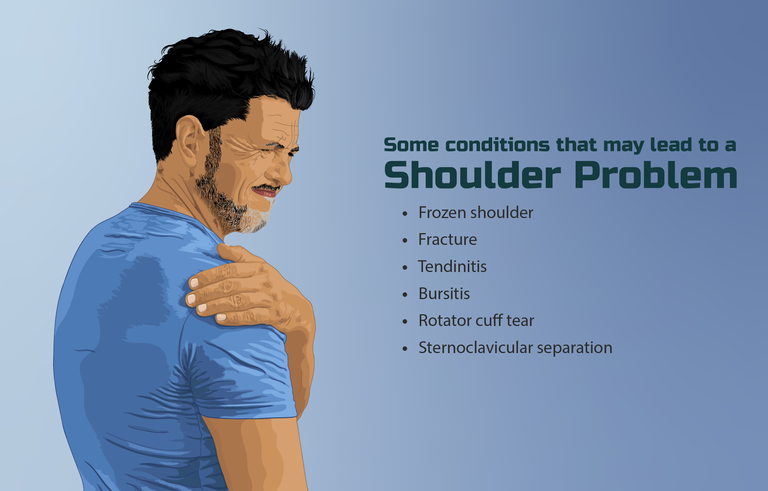
By The Joint Clinic - Own work, CC BY-SA 4.0
The shoulder is the most movable joint in the human body. A group of four muscles and their tendons, called the rotator cuff, give the shoulder its wide range of motion.

CC BY-SA 4.0
Swelling, damage, or bone changes around the rotator cuff can cause shoulder pain. You may have pain when lifting the arm above your head or moving it forward or behind.
Many people will experience shoulder pain at some point in their lives. It can be particularly vexing, because it makes routine daily activities difficult. This is because of the shoulder’s unique structure, the constant demands we place on it throughout the day, and a variety of risk factors.
The most common cause of shoulder pain occurs when rotator cuff tendons become inflamed or damaged- this is called rotator cuff tendinitis or bursitis. Other causes may include;
Arthritis in the shoulder joint
Bone spurs in the shoulder area
Broken shoulder bone or Dislocation of the shoulder joint
Overuse or injury of nearby tendons, such as the bicep muscles of the arms,
Nerve injury that leads to abnormal shoulder movement
Poor shoulder posture and mechanics

By Ed1994oar - Own work, CC BY-SA 4.0
Shoulder problems rarely go away on their own.
To get relief! You need deliberate efforts.
How can one reduce and relieve shoulder pain?
Here are some tips for helping shoulder pain get better:
Put ice on the shoulder area for 15 minutes, then leave it off for 15 minutes. Do this 3 to 4 times a day for 2 to 3 days. The ice should be wrapped in cloth, not directly on the skin to avoid frostbite.
Rest your shoulder for the next few days.
Slowly return to your regular activities.
Ibuprofen or Diclofenac or acetaminophen (such as Tylenol) may help reduce inflammation and pain.
If you have had shoulder pain before, use ice and ibuprofen after exercising.
Learn exercises to stretch and strengthen your shoulder tendons and shoulder muscles.
If you are recovering from tendinitis, continue to do range-of-motion exercises to avoid frozen shoulder.
Practice good posture to keep your shoulder muscles and tendons in their right positions.